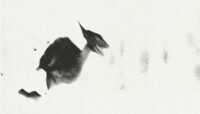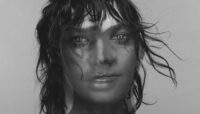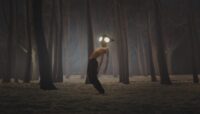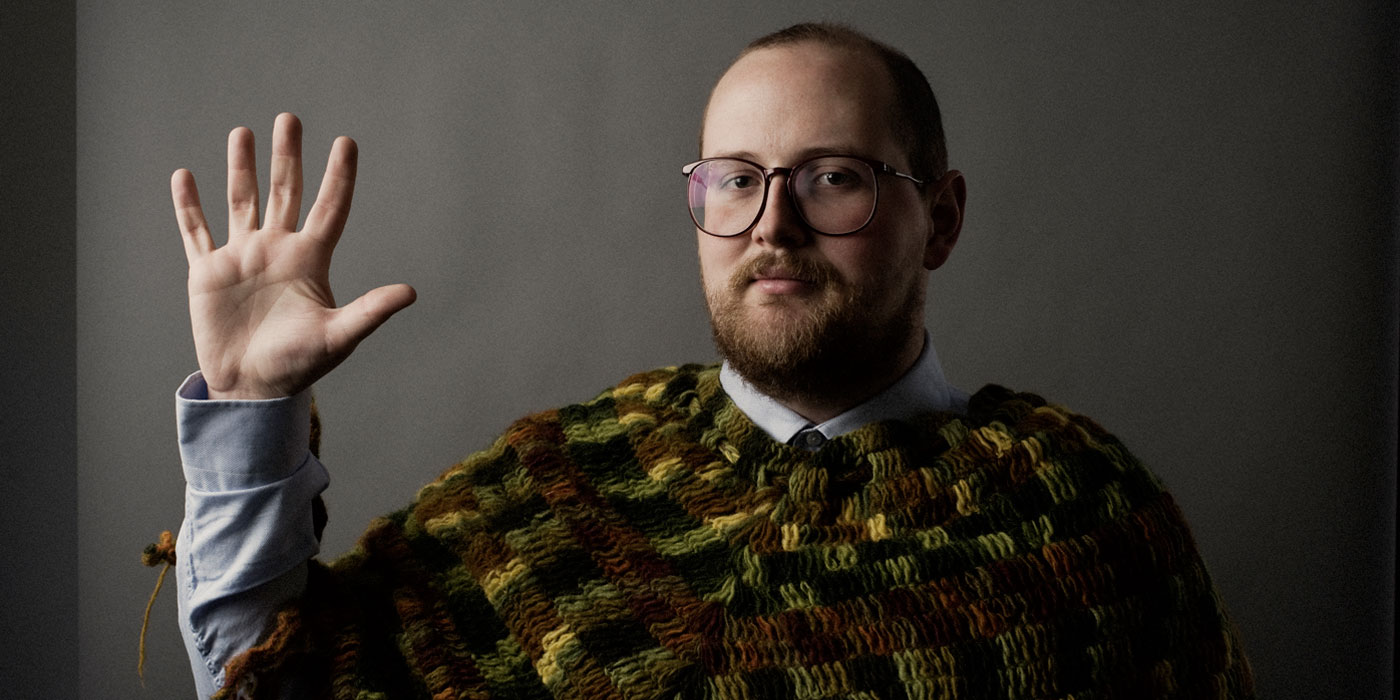Dan Deacon is a wizard. He’s one of modern music’s most fascinating, unique, and hard-working artists and he won’t stop anytime soon. Deacon released his most recent set of kaleidoscopic, immersive electro-pop, America, in 2012 and in-between headlining shows and Arcade Fire support gigs he’s currently at work on a follow-up LP.
Going to a Dan Deacon gig is simply incomparable to much else. To explain further, let us make a list — Deacon’s often known to:
1. set his equipment up and play in the crowd,
2. utilize his Dan Deacon smartphone app for audience participation in shows,
3. and have the crowd do everything from kneel to jump in sync with the music.
Although Deacon’s frenetic, loop-loving music borders on the accessible and the experimental, there’s no question that his live show is for the masses. Jonk Music was fortunate enough to speak with a busy but affable Dan Deacon last week in advance of Sunday night’s show at the Majestic. [spacer height=”10px”]
I’d imagine things are getting crazy since you’ve got the Arcade Fire tour going on?
“Yeah! It came up only a few weeks ago and I’m in the middle of redoing the live show, so it’s an interesting transition. I’m working on switching to mostly new gear and I’ve put a few things on pause until April. We’re currently figuring out how to adapt the show to the environments of the Arcade Fire tour, the arenas and what not. We’re playing on a stage in the middle of the arenas which is awesome, but it poses a few sound quandaries like getting MIDI from my cable. This is like the dorkiest thing I’ve ever said. (laughs) “Basically it’s taking a new situation and putting it in an old box. This tour, I’ll be playing mostly new material at all shows, including the Madison one, but I’ll have a stage set-up similar to my last tours.”
I was curious to ask about how, in those larger arenas, you plan on maintaining a sense of intimacy (like, utmost intimacy), which I’d argue you’re known for?
“Well, I’m kind of approaching them like festivals, which I love playing because it’s a different mix of people. It’s largely people who don’t know your music and I’m pretty positive most of these people at the Arcade Fire shows will not know my music. It’s impossible to replicate (the intimacy of a smaller show) in a larger setting, and I think if you try to do so it doesn’t seem real. But, I think it’s possible to achieve something similar as long as you’re sincere with the audience, as long as there’s no façade.”
Are you nervous or is it sheer excitement?
“Nah, I like playing new environments! I like that I’m able to play anywhere where there’s electricity. I like it when I show up and there’s unpredictable things that happen. One time, I showed up to an outdoor festival thing in… I think Minneapolis… something with an M that wasn’t Madison…” (laughs) “…and it was absolutely pouring. So they were like, ‘let’s just do it in this parking garage nearby.’ So we moved the speakers and did it.” (laughs) “Basically, I like not knowing what I’m getting into and I like adapting to new situations. And I’m seeing this Arcade Fire tour as one of those scenarios.”
Awesome. I didn’t mean to make this whole thing about the Arcade Fire shows!
“No worries! It’s definitely worth mentioning!”
I wanted to ask about your relationship with computers. You’ve mentioned that, although you learned to write music on a computer and they’re an integral part of your sound, they present a rigidity that can be limiting.
“I think those things can be awesome, but they’re limiting if they’re the only factor. I think every set of instruments has its limits, electronics or synthetic instruments included. One of their limits is that they don’t have human qualities.”
So, right now, today, what is your relationship with computers? I’m thinking about your last album, America, which fused acoustic and electronic instruments. How have things shifted since?
“Well, I’m really into the human voice. It’s an instrument I’ve utilized the least and would like to use in my next record. I haven’t tracked anything yet, but I’ve started writing out all the parts. Another thing is samples. I haven’t used samples in a while and I’d really like to get back into them. Manipulating samples is so different than a synth or anything else. You should hear a sampler in the new tracks I’m playing live.”
When you mention voices, are you talking about your own or the use of others’?
“Both. Really any way you can imagine it, from groups to choirs to mine. I’d like to dive into any use.”
And were you hoping to get some new music out this year? Or are you looking more towards next year?
“I don’t know. I don’t really wanna put a deadline on it, you know? Last year was kind of a year of projects that built up and crumbled.” (laughs) “The show at the Met that I was supposed to do got built up and then cancelled, and the Animal Collective dates kept getting rescheduled and cancelled. I haven’t done a support tour since Girl Talk in 2007 and that’s why I’m excited for the Arcade Fire tour. It’ll, in some ways, fill that void from last year.
“I’ll probably put something out this year, but I’m not sure if it’ll be the record. I don’t like to say I don’t know so that’s why I ramble on with these bullshit answers that unfortunately you’re subjected to.” (laughs)
Another thing I wanted to ask about is your use of your app and various attempts to further audience-artist relations. What’s the ultimate goal there?
“The goal is to make the audience part of the show. You don’t have a show without an audience. With that, another way of connecting the audience to the show — if three of every five people have a computer in their hand and you can use that computer as a speaker, light and microphone, why wouldn’t you make that a part of the show? This moment is unique to our period in time, where most of the audience has one of those devices and you can use it to create this transfer of energy throughout the room.
“When I first started playing, the goal was to get people to dance. Their bodies were used to become a part of the show and the venue. But then I started thinking, ‘Well, how can we use this room to form a unique moment in time?’ And I think the best way to do that is to add the element of chance and to put that element of chance in the hands of the audience.”



